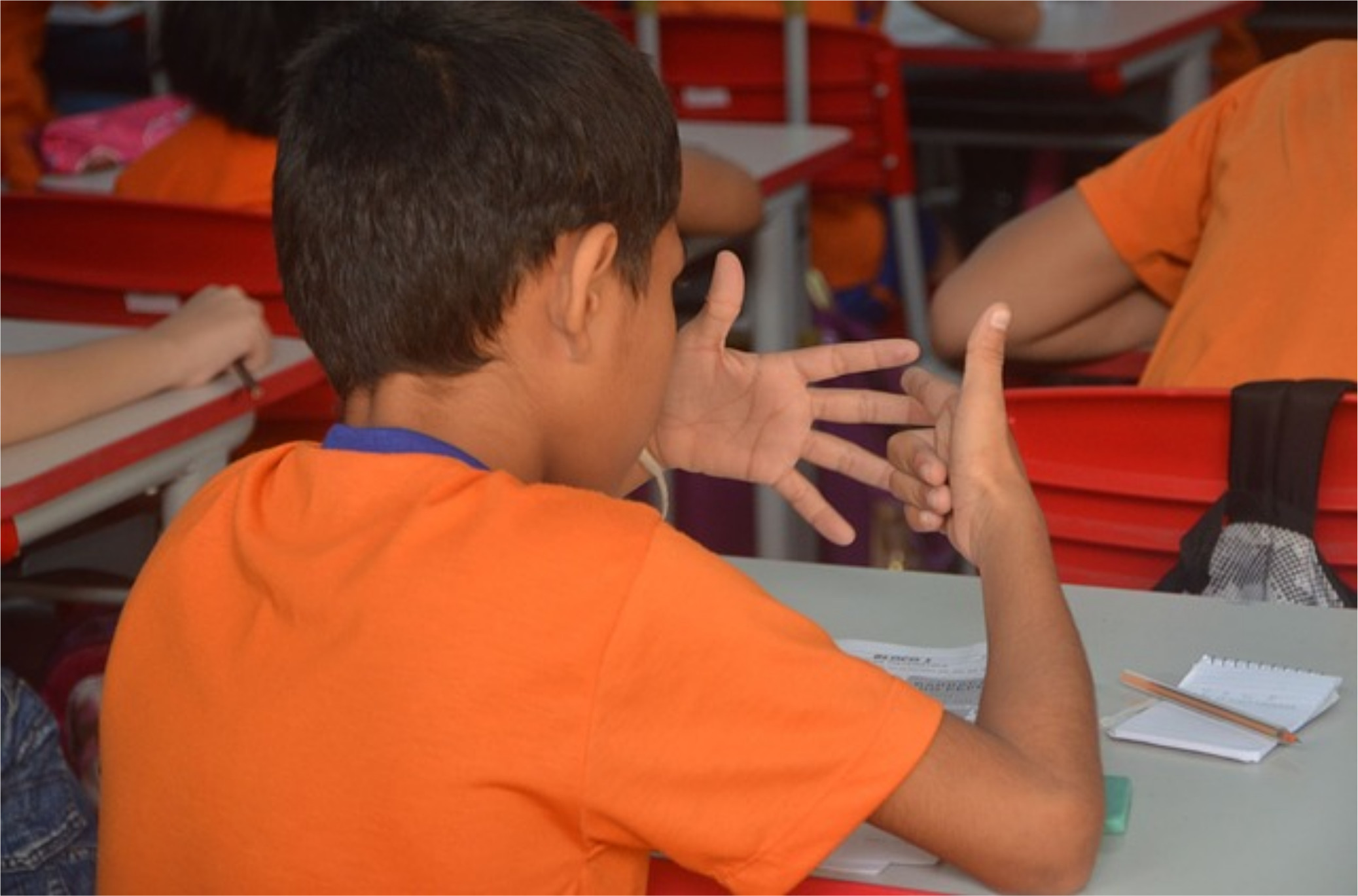Four Study Time Tips for Parents of Children with ADHD by Vee Cecil tells a touching story of how one parent has dealt with a child with ADHD. Vee has done research that other parents and even teachers can use to help these kids. This post also contains many links to useful Internet resources on the topic. Please share with other parents you know who are in this same situation.
Vee Cecil
- Vee keeps busy by being a wellness coach, personal trainer and bootcamp instructor in Kentucky. She also recently launched a blog where she shares her passion for health by writing about her favorite tips, activities and recipes.

Vee’s Son Hard At Work
In Her Own Words
- I know from experience that schoolwork and studying can be exceptionally difficult for kids with ADHD. My son was recently diagnosed with ADHD, but prior to his diagnosis, we spent many painful evenings trying to help him get through his homework. And while the homework was always completed, my son, his dad, and I were often left feeling exhausted and frustrated.
- Now, that he’s been diagnosed with ADHD, I’ve been doing some research around what we can do to make study time easier for him. Here are four study time tips that I plan to try with my son and that I think will be very beneficial for other parents of children with ADHD.
1. Identify and Remove Distractions
- One of the best study time tips is to ,a href”http://bit.ly/1O4HDWn”>identify distractions. By identifying the noise, objects, places, etc., that are distracting your children with ADHD, parents can help students choose a better place or situation for studying. Setting up a special work area for your child outside of their room can be a great help. Make sure the area is painted a neutral color, that there is plenty of room for them to move around, and that there are minimal distractions in the work area. Music or white noise may be a good thing to turn on to help a student with ADHD focus. There may be a little trial and error that goes into identifying and eliminating the distractions, but the time will be well spent.
2. Encourage Active Reading
- A page of nonfiction text may be daunting for a student with ADHD, because they often contain pictures, captions, charts, headings, subheadings, and other text features that pull the focus away from the main text. Active reading techniques are especially helpful for these students, because they encourage them to look at the page, read headings and captions, and look at photos before needing to concentrate on the job of actually reading the text. These pre-reading techniques also prepare the student for reading the text because it gives them a chance to think about the main ideas prior to reading.
- Other active reading techniques include skimming the chapter, taking notes while reading, highlighting, and annotating text. If you’re not sure how to encourage active reading, your child’s teachers may be able to offer tips and more support.
3. Enable Moving and Fidgeting
- Honestly, nobody likes to sit still for a long period of time, and even people without ADHD can find it difficult to do so if they are studying or reading something difficult. That’s why one of the best study time tips for parents of children with ADHD is to enable them to move and fidget. One strategy is to allow your child to walk around while he is studying. Walking while studying works well for reading, flash cards, practicing a second language, etc. Better yet, consider purchasing a standing desk. These are desks that go up and down so that the user can either stand or sit depending on how they feel. (Dr. Doug uses one.)
- Another study time tip for students with ADHD is to use fidget tools that enable them to fiddle with something small at their desk that will not distract the whole class or that will help them to focus while studying at home. Fidget tools may be stress balls, smooth rocks, small Koosh balls, or other similar objects.
4. Read Out Loud with a Four-Legged Friend
- One study tip that helps students with ADHD read and process study materials is to read out loud, preferably with a four-legged friend. A recent study found that children who read aloud to service dogs improved their reading skills by twelve percent. Reading aloud with a dog means that students are using visual and auditory processes to support studying and learning and by petting or touching the dog students get a tactile distraction that helps them focus. So, if you have a four-legged family member, try incorporating them into reading time whenever possible.
- Similarly, creating a rhyme, song, or rap is a twist on reading aloud. If students are trying to remember a series of steps or a list of items in a particular order, it often helps if they turn the material into a rhyme, song, or rap. If you’re not convinced of the power of this study tip, think about how you learned the alphabet or the order of the planets. Chances are, you still sing the alphabet and you remember something about your Aunt Sally ordering nine pizzas when thinking about the planets.
- Finding the right study time tips for a child with ADHD will take a few tries. I definitely expect some trial and error in figuring out what works best for my son. But if parents and children work together, more productive studying and reading sessions at home can be achieved. And who knows? In the end, they may learn to like study time.
DrDougGreen.com If you like the summary, buy the book





